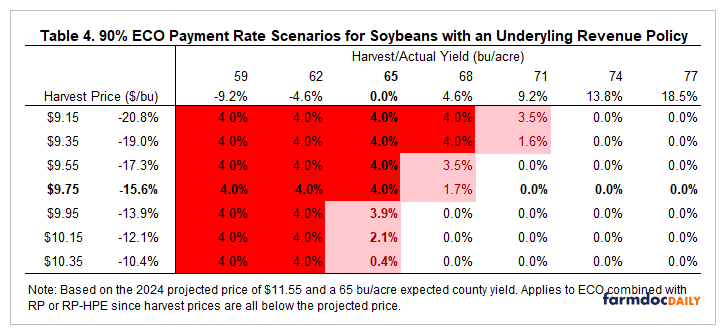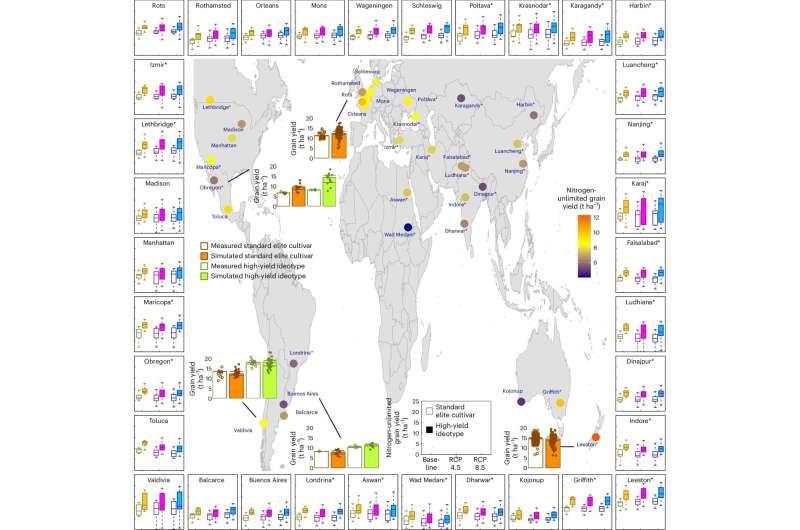
Brian Karrels of Lake Breeze Farms, part of the Ozaukee Demo Farms Network.
After noting some of their best corn yields implementing no-till into a green cover, the Karrels decided to have Lake Breeze Farms join the Ozaukee Demo Farms Network because their aligning overarching goals of improving soil health, reducing inputs and most of all, saving time with limited help on the farm. “The technical/agronomic assistance of our Demo Farm Manager Ted Hoffman from In-Depth Agronomy has been the reason our Demonstration farm has been successful. It's a great example of how the private sector and public sector can work together to assist our shared clients,” remarked NRCS District Conservationist in West Bend, Michael Patin.
With the success achieved through EQIP, Brian decided to apply for CSP in 2020 and installed a monarch pollinator field on their farmstead. Both father and son knew the importance pollinators play in the ecosystem, but the real motivation came from Brian’s wife, Deanna. When their children were younger, they would search the local pollinator field for monarch caterpillars as a family. Having the pollinator planting nearby has brought back fond memories for Deanna, who is excited to be able to search for caterpillars with their grandchildren as they grow up and appreciate the natural world around them.
Brian admitted that planting the wildflower field tested his knowledge of his planter to get the seeding rate just right and questioned if the curated pollinator planting mix would grow. But with the knowledge and advice from the staff at the local USDA-NRCS West Bend Service Center, Brian was able to successfully remove the previous grass/hay cover, plant a diverse monarch pollinator seed mix and mow to manage weeds the first year. In 2022, as a part of the Ozaukee Demo Farms, Lake Breeze Farms hosted a Pollinator Field Day for local farmers and landowners to showcase how pollinator habitat planting can be incorporated into their landscape and conservation plan to benefit their soil health and future crop production.

The first time Roger Karrels planted corn no-till and into a standing cover crop in 2019.
Future Plans
For the Karrels, flexibility and patience have been key to building successes through no-till and cover cropping as their soil improves and profitability increases year by year. With a network of support and knowledgeable experts guiding them, they have gained confidence adopting these practices into their crop rotation routinely and adjust as they continue to learn. “If we can show that no-till, cover crops and other soil health practices can work to be profitable on heavy clay soils, within 3 miles of Lake Michigan and all of its micro-climate effects, we can demonstrate that they can be implemented anywhere,” said Patin. As for the monarch pollinator habitat, the Karrels are looking forward to guiding the next generation of caterpillar caretakers.
Source : usda.gov